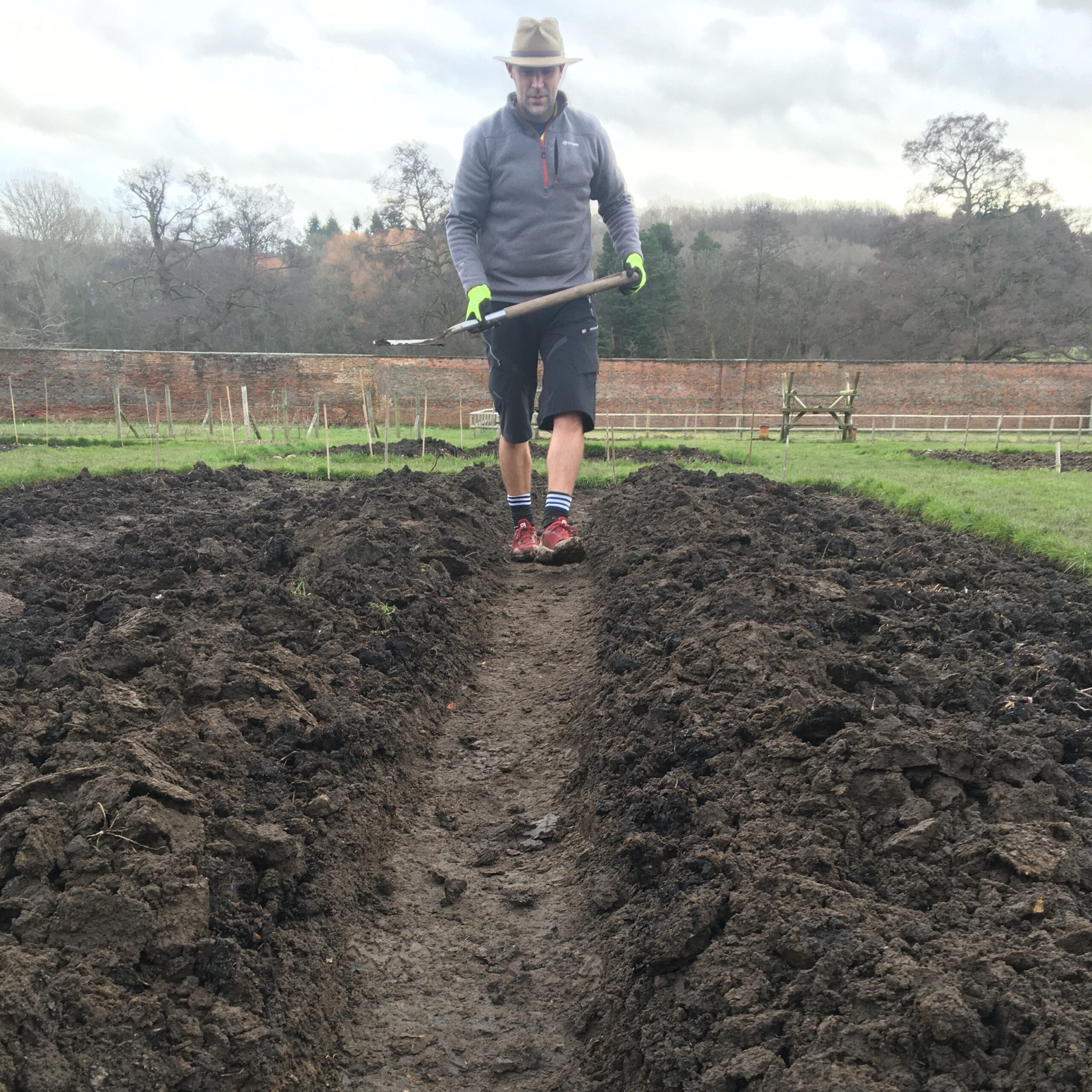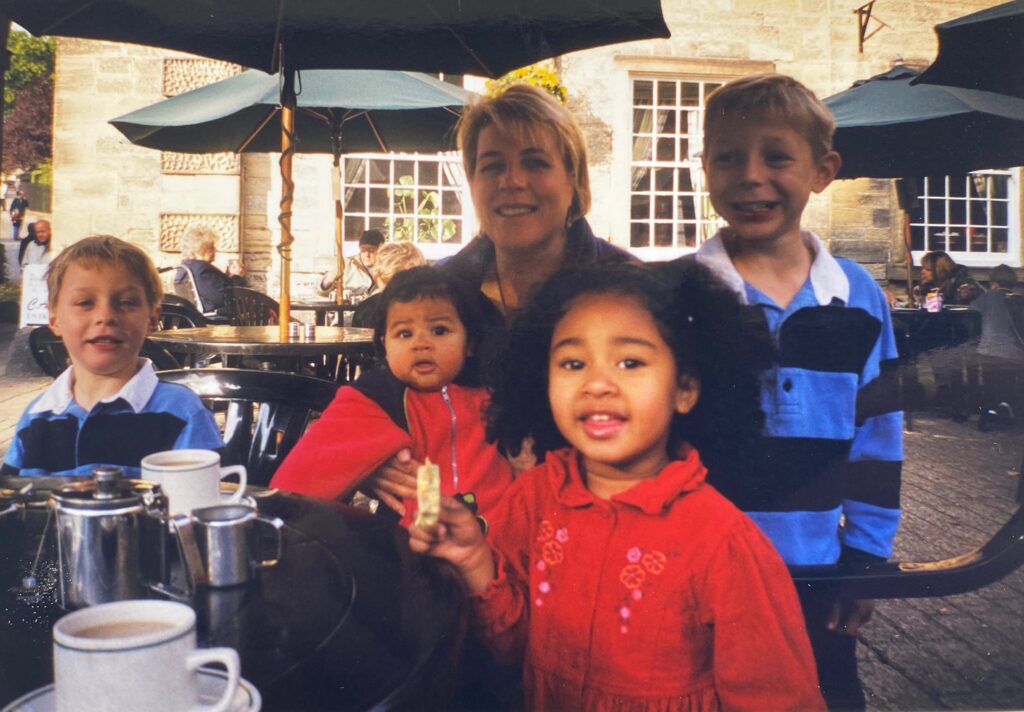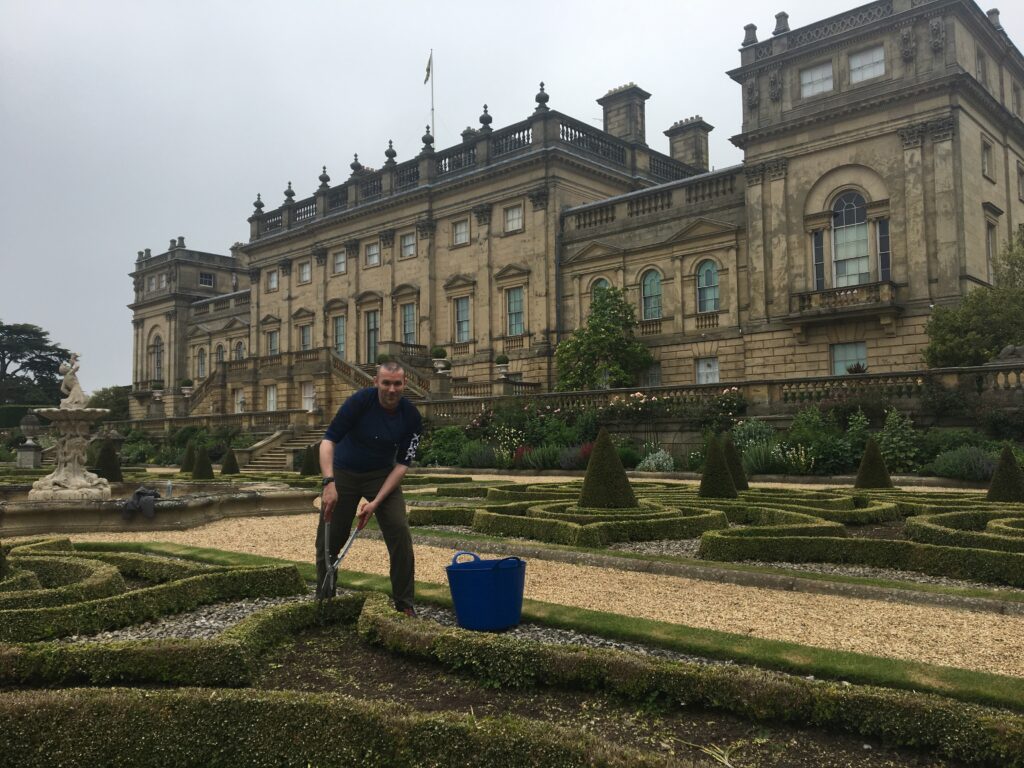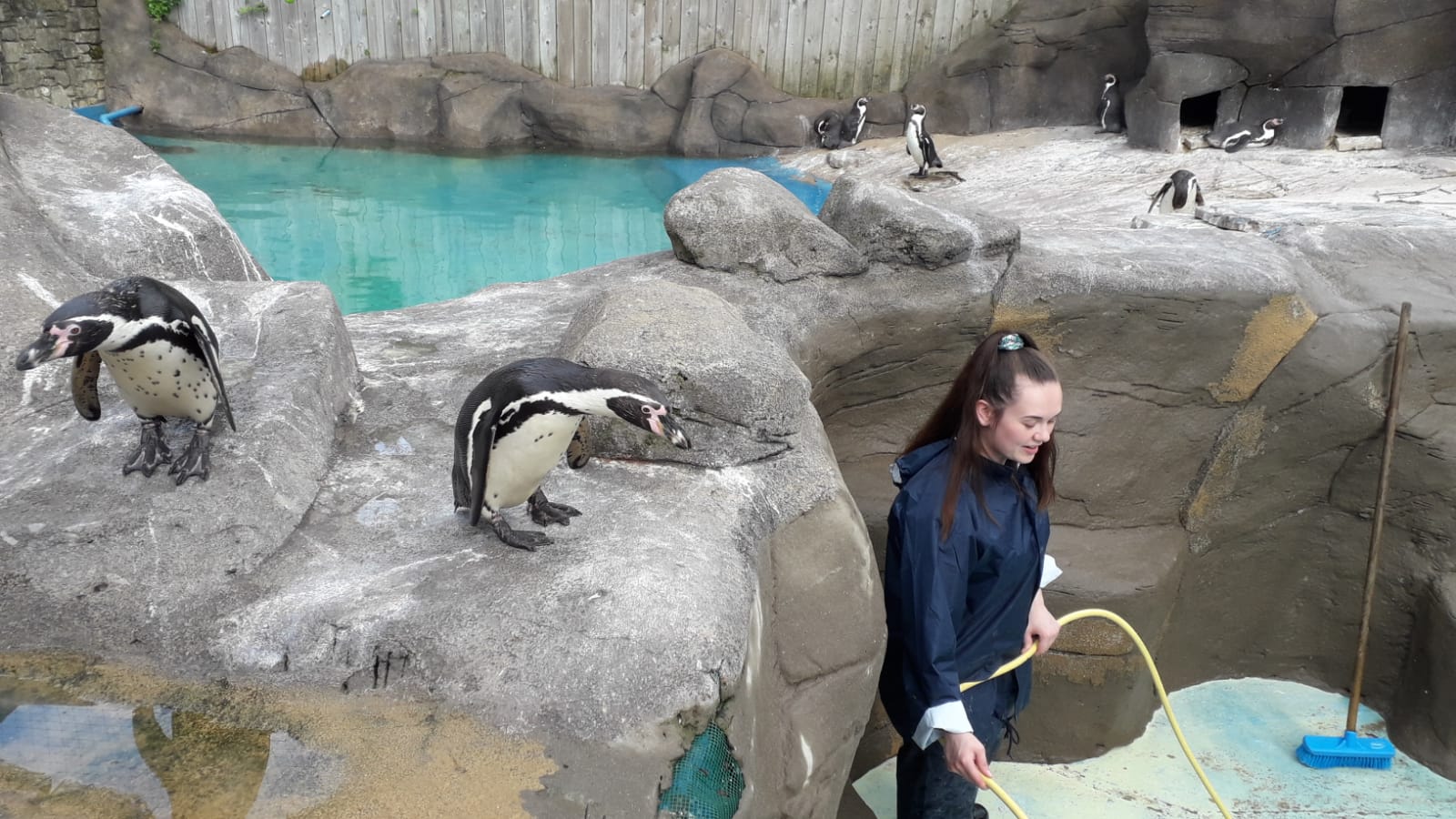
This #VolunteersWeek, Megan takes us through a day in the life of a Bird Garden Volunteer and how volunteering at Harewood is contributing towards her qualifications.
My name is Megan and I’m one of the Bird Garden volunteers, I have always had a huge love for animals and I’m currently studying to gain a CMZAAV qualification (Certificate in the Management of Zoo and Aquarium animals) which requires that I volunteer to gain real world experience. I feel incredibly lucky that I’m able to do this at Harewood and work with some of the most amazing animals. My personal favourites are the Humboldt penguins which I’ve learnt to identify, such as Beaky who many of us have a huge soft spot for. Many of my course studies are based on the animals in the collection such as researching their behaviours to further understand them, including how we care, protect and save them. I’m currently working on a project observing Brown Lory behaviours to understand how much they interact with visitors.
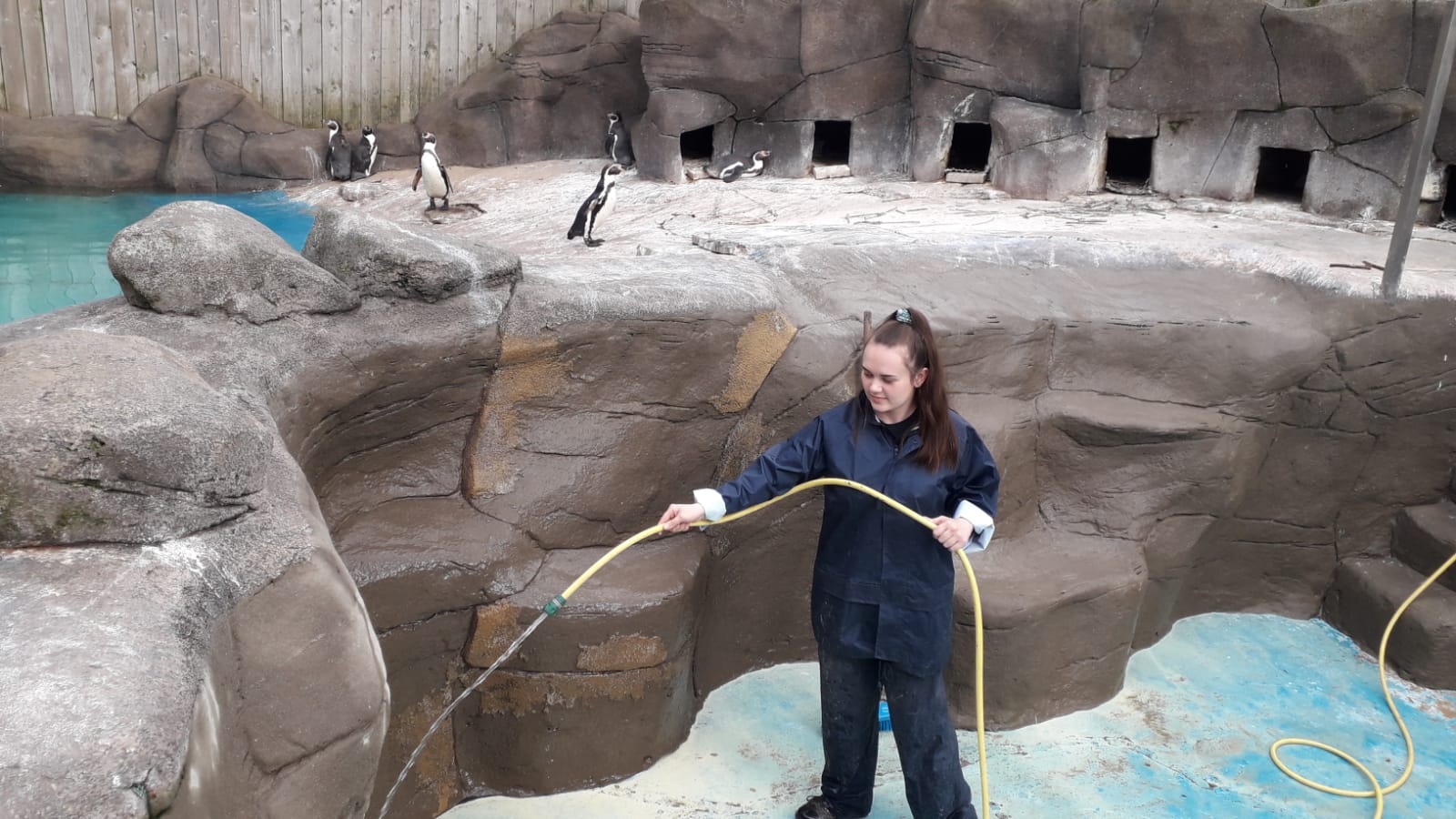
A day in the bird garden starts off with preparing the food for all the 50 species of birds – this means a lot of dishes! Once the food is prepped its time to feed and check they are all looking healthy, we do this by just keeping an eye out for any unusual behaviour. Once everyone’s fed, a lot of my time is spent tending to the bird enclosures, often weeding and cleaning. The best part for me is scrubbing down the penguin pools, it’s quite a smelly job but I love it!
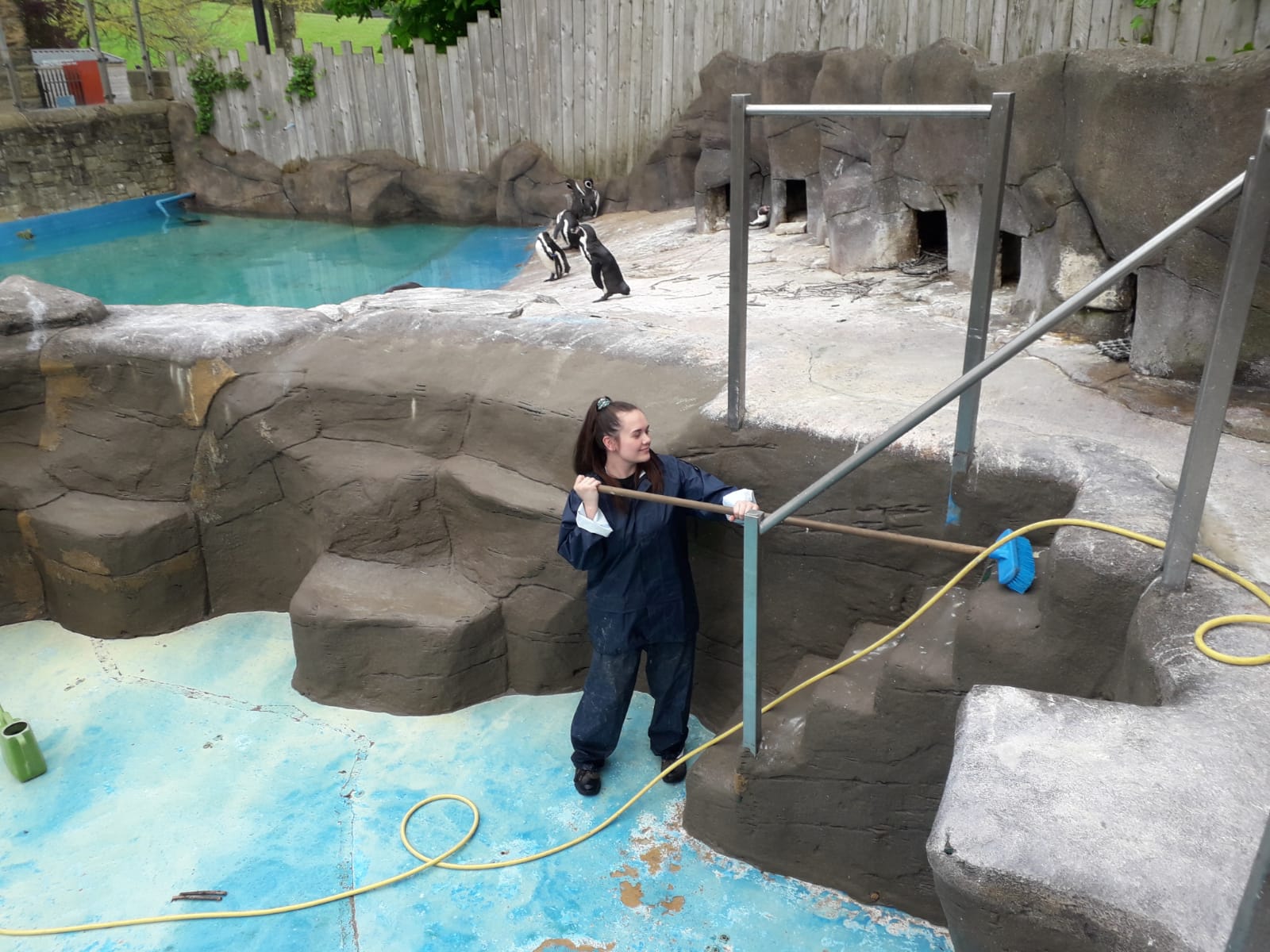
Harewood is a fantastic place to volunteer, there is nothing better than being in the great outdoors with nature surrounding you. I am always happy to see visitors enjoying themselves and embracing a passion I hold so closely.
